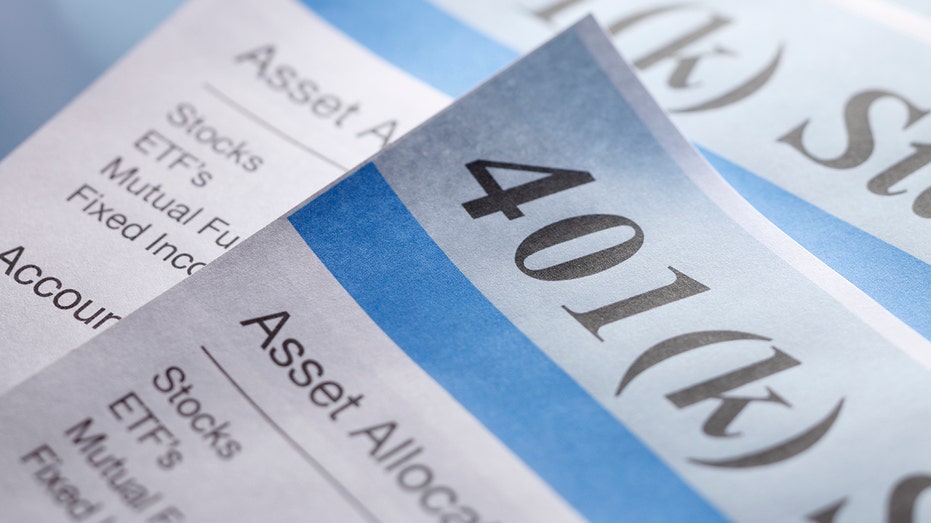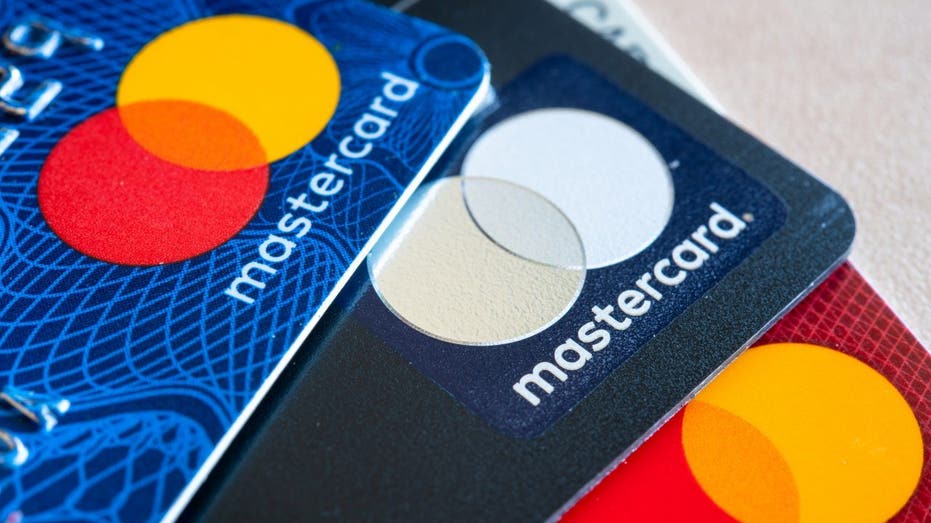401(k) hardship withdrawals are surging as high inflation squeezes Americans
Hardship withdrawals on the rise as more Americans tap retirement savings
Inflation not likely to fall as quickly as Fed hopes, former Fed president says
Former St. Louis Federal Reserve President James Bullard addresses concerns over rising interest rates on "Cavuto: Coast to Coast."
A growing number of Americans are making emergency withdrawals from their 401(k) retirement plans to cover a financial emergency amid chronically high inflation, according to new data from Bank of America.
About 18,040 workers taking part in employer-sponsored 401(k) plans made a "hardship" withdrawal during the three-month period from July to September 2023, according to Bank of America's analysis of clients' employee benefits programs, which tracks about 4 million accounts.
That marks an increase of about 13% from the end of June and 27% from the beginning of the year.
Hardship withdrawals allow workers to tap their 401(k) for an "immediate and heavy financial need."
CREDIT CARD DEBT RISING IN DOUBLE-EDGED SWORD FOR THE ECONOMY

A stack of retirement account statements. (iStock / iStock)
Individuals who make these types of withdrawals owe income tax on the money and could be hit with a 10% early withdrawal fee if they are under the age of 59½. However, the penalty can be waived if workers provide adequate evidence that the money is being used for a qualified hardship, such as a medical expense.
Someone who takes a hardship withdrawal also cannot pay it back to their 401(k) and can not roll that money into another retirement savings account. Americans are pulling out on average about $5,070, which is comparable to hardship withdrawals in both the second and first quarters.
"More participants took a hardship distribution compared to last quarter and compared to this time last year," the report said. "And we saw an increase in health savings account contributions being used to pay for current health care expenses, as opposed to saving for future expenses."
The increase in workers tapping their 401(k)s for emergency purposes comes as they confront stubbornly high inflation that has rapidly eroded their purchasing power.

A sticker for Mastercard, Visa and Discover credit cards displayed on a door in New York, on Oct. 17, 2023. (Photographer: Angus Mordant/Bloomberg via Getty Images / Getty Images)
A FED PAUSE LIKELY WON’T HELP STRUGGLING CONSUMERS
The government reported last month that the consumer price index, a broad measure of the price of goods, including gasoline, groceries and rents, rose 3.7% in September compared with the previous year. Although the gauge is down from a peak of 9.1%, it remains above the pre-pandemic average.
On top of that, there are other signs of underlying inflationary pressures within the economy, with core prices running at a pace more than twice the Fed's 2% target.
Americans are increasingly relying on their savings and racking up credit card debt to pay for necessities.

Mastercard credit cards (Photo Illustration by Roberto Machado Noa/LightRocket via Getty Images / Getty Images)
GET FOX BUSINESS ON THE GO BY CLICKING HERE
The Federal Reserve is expected to report on Tuesday that total credit card debt hit a fresh record at the end of September in data dating to 2003. The rise in credit card usage and debt is particularly concerning because interest rates are astronomically high right now.





















